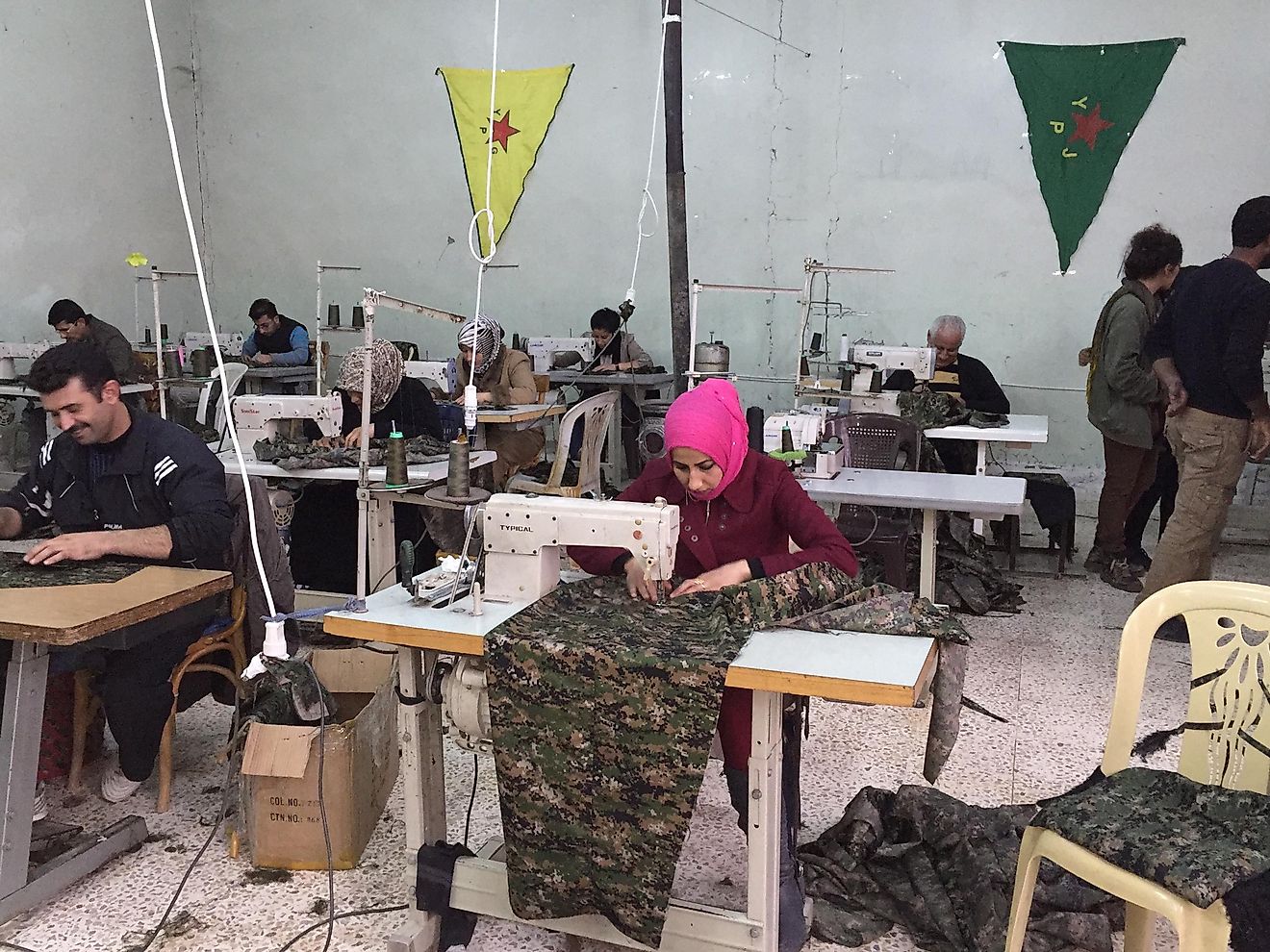Countries Where Women Are Least Likely To Be In The Labor Force

The participation of women in the workforce is a representation of many things: economic health, gender equality, and cultural values, to name a few. Cultural values originate in many ways, but a major contributing factor is religion. Religious beliefs often restrict the ability of women to work outside of the home. Additionally, the local economy dictates the involvement of women in the workforce. Sometimes, low rates of female participation is a consequence of unavailable employment opportunities or an underdeveloped economy. This article presents and enlists some of the countries with the fewest number of women in the workforce.
Countries with Low Female Workforce Participation
As evident from the list, a large number of Middle Eastern countries are part of the list. This fact is related to a wide range of causes, but one common theme is shared among the countries. Their cultural values and norms are overwhelmingly traditional which dictates a lifestyle in which women do not leave the home to work.
The country with the least amount of female participation in the workforce is Syria. Only 15% of the formal labor market employs women. Here, families follow very traditional roles and women typically stay at home to take care of domestic responsibilities. The majority opinion is that women should not be out in public without a male chaperone thereby prohibiting their involvement in formal employment. Due to the current war in Syria, however, many women have found it necessary to look for work outside the home and gender roles are slowly changing.
Other countries after Syria and also located in the Greater Middle East are: Iraq, Afghanistan, Algeria (located in North Africa, but considered a Greater Middle East country), and Palestine. These countries each report a 16% female participation in the workforce. In addition, Jordan is on the list with 17% of its workforce occupied by women.
The Middle East continues to dominate the list with Iran and its 18% female participation rate. The participation of women in the workforce here is low, however, it has increased significantly since the 1970’s. Previously, women needed permission from their husbands to work. Since this permission was rarely granted, it effectively prohibited women from joining the workforce. As previously mentioned, economic demands also play a role in female work participation. In 1979, The US placed an economic boycott on Iran which was a blow to the carpet industry. Because weaving is traditionally a female activity and can be done at home, the carpet industry provided employment to many women. They suffered job loss as a result of the boycott. Currently in Iran, around 27% of female civil servants are teachers, a traditionally female dominated profession.
At a slightly higher participation rate than its neighboring countries, Saudi Arabia reports that 22% of its labor force is female. This is because Saudi Arabia has a slightly more developed economy than the previous countries and offers more employment opportunities. Although, another inhibiting factor is that the majority of the jobs in the oil industry depend on foreign workers.
Not only Middle Eastern countries make up the list of low female workforce participation. East Timor, a Southeast Asian island, has a 25% female participation rate. Again, the majority belief is that women should focus on domestic responsibilities. Policy even prohibits women from owning land. The other impediment to women in the workplace is the underdeveloped economy. Private sector investment is not likely because the country has a small population and an unstable legal system.
Following East Timor is Samoa, an island located in the Polynesian region. This nation is the last on the list and has a 26% participation rate for women in the workforce. Here, the industrial sector is the largest jobs provider which is a male-dominated field.
Effect of Low Female Workforce Participation
While a lack of jobs certainly contributes to the low involvement of women in the workforce, the reverse may also be true. Research indicates that lower participation of women in the labor force may stagnate or decrease economic activity. By not encouraging women to be formally employed, countries are missing out on the economic benefits. Gender equality has been linked to higher per capita GDP.
Countries Where Women Are Least Active In The Labor Force
| Rank | Countries Where Women Are Least Active In The Workforce | Workforce Participation |
|---|---|---|
| 1 | Syria | 15% female participation rate |
| 2 | Iraq | 16% female participation rate |
| 3 | Afghanistan | 16% female participation rate |
| 4 | Algeria | 16% female participation rate |
| 5 | Palestine | 16% female participation rate |
| 6 | Jordan | 17% female participation rate |
| 7 | Iran | 18% female participation rate |
| 8 | Saudi Arabia | 22% female participation rate |
| 9 | East Timor | 25% participation rate |
| 10 | Samoa | 26% participation rate |











